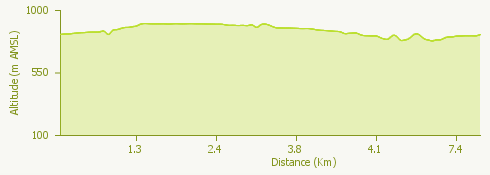Departure point:
Santa Maria Magggiore (VB), Italy
How to get there:
By train: Domodossola Station, Ferrovie dello Stato. Timetables: http://www.trenitalia.com/; www.ffs.ch Santa Maria Maggiore station, Vigezzina Railway. Timetables: www.vigezzina.com
By car: A26 motorway to Gravellona Toce, then SS33 Sempione, exit for Masera – Valle Vigezzo, then along the road 337 in direction of Locarno you reach Santa Maria Maggiore.
General Description:
Circular itinerary you can easily walk in a day (or do by bike) on roads of low traffic intensity. From the middle of the 17th Century, the Vigezzo valley , has been a nursery of artists that made it known as the “Valle dei Pittori”, the Painters’ Valley. The itinerary helps to discover the artistic and historical wealth of the time reaching the major places of worship, among the forty largest churches and small oratories from the valley, where have worked both artists from Vigezzo and important foreigner artists. Santa Maria Maggiore is one of the 200 villages in Italy that received the Bandiera Arancione, the quality recognition for environmental eco-tourism from theTouring Club Italiano.
The route:
From Santa Maria Maggiore station you go up to the hamlet of Crana where there is the oratory of San Rocco (with beautiful frescoes from the sixtieth Century from “Legnanino”) and the church of San Giovanni Evangelista (the dome is one of the best works of Giuseppe Mattia Borgnis). Continue towards Toceno, splendid panoramic balcony on the valley, with the old Oratory of S. Antonio da Padova (frescoes form the sixtieth Century), the great parish church (frescoes from Lorenzo Peretti), and the small Madonna del Sasso. Continue towards Craveggia, a real jewel of art and faith, from the square with the parish of the saints Giacomo and Cristoforo and the church of Santa Marta, defined the miracles square, the “piazza dei miracoli” from the Vigezzo Valley. Going down along the mule track of the Via Crucis you will reach the Oratory “Oratorio del Piaggio”, then continue towards Prestinone (here is the native house of the artist Carlo Fornara) with the church of San Gottardo and Sant’Anna. Once you crossed the bridge on the torrent Melezzo you finally go back to Santa Maria Maggiore alongthe cycling and pedestrian path to visit the church of Santa Maria Assunta, the oldest church in Vigezzo, presenting frescoes from Giuseppe Maria Borgnis and Lorenzo Peretti. You will end with the visit of the School of Fine Arts Rossetti Valentini (permanent exhibition of the painting of Vigezzo valley from mid-eighteenth century to late twentieth Century).
Useful information:
For more information about the artistic and cultural aspects: http://www.circuitodeisanti.it e http://www.itinerarisenzafrontiere.net.
Where to eat:
Ristorante Marconi, via dell'Unione, 45, Craveggia VB, (IT) Tel. +39 0324 98007
Ristorante La Perla Via Belintrandi n.2A, Loc. Vogogno, Craveggia VB, (IT) Tel. +39 0324 98071, http://www.hlaperla.com

